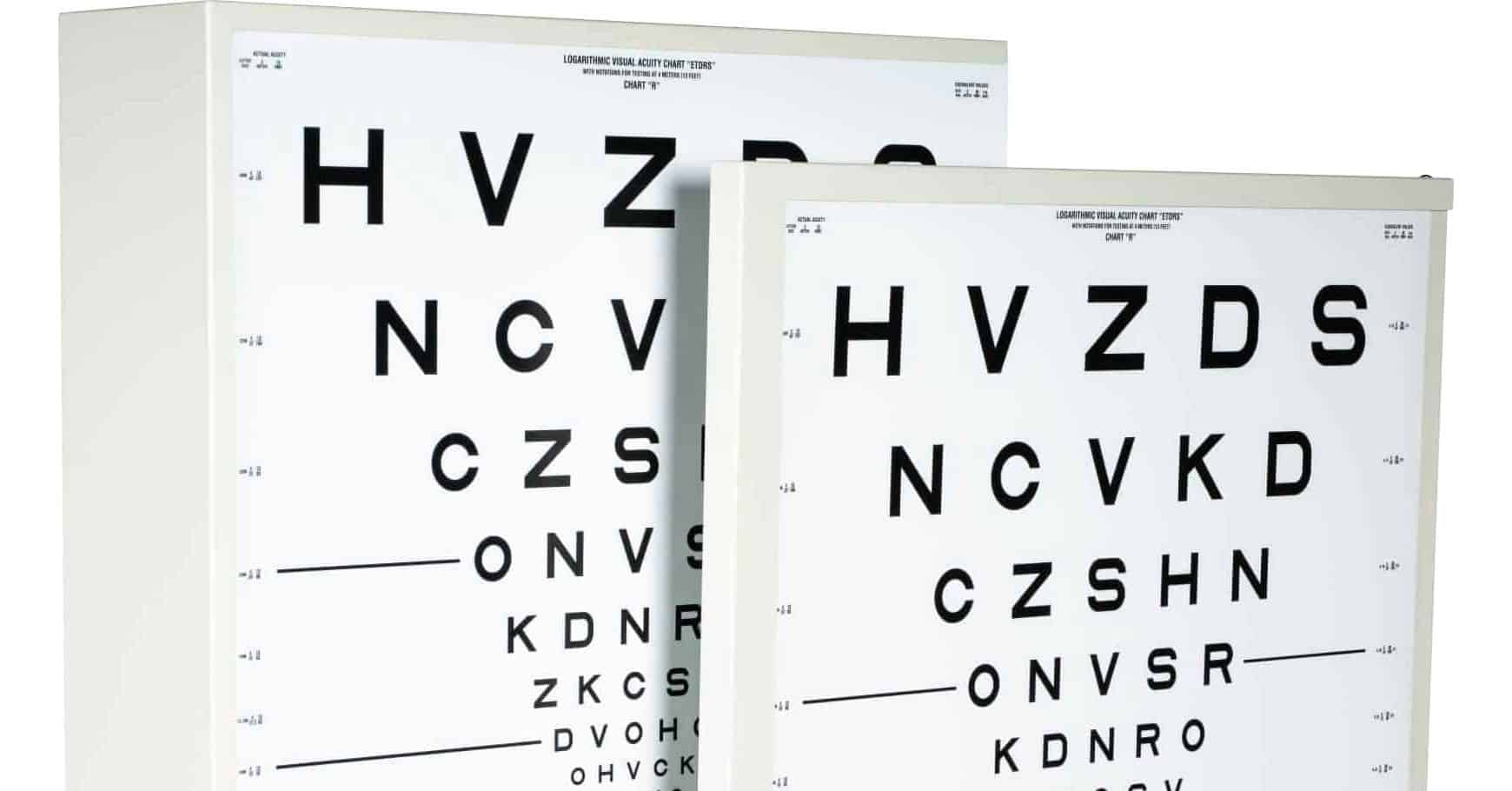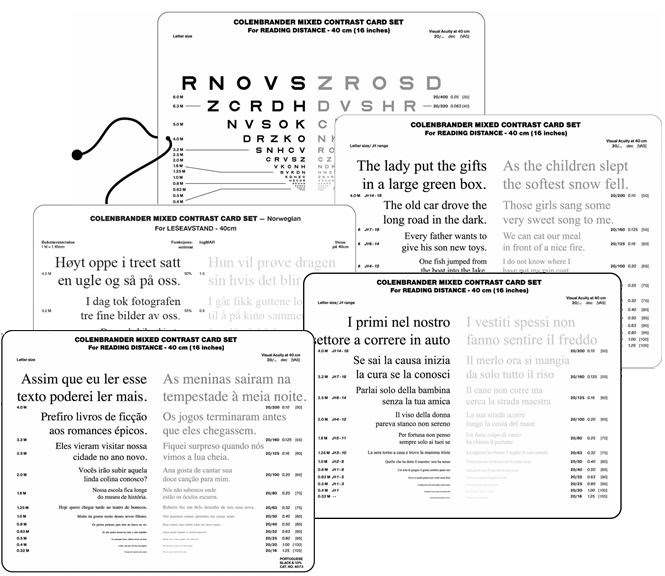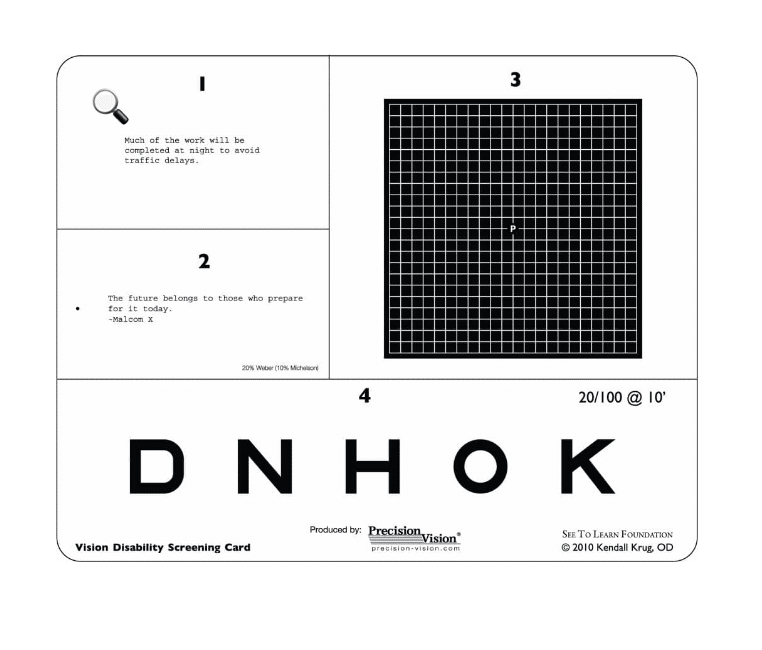
EyeOnVision February, 2021 – Low Vision Awareness Month
A CLOSER LOOK
February is Low Vision Awareness Month
Low vision is the term used to refer to a visual impairment that is not correctable through surgery, pharmaceuticals, glasses, or contact lenses. It is often characterized by partial sight, such as blurred vision, blind spots, or tunnel vision. Low vision can impact people of all ages but is primarily associated with older adults.
Some of the most common causes of Low Vision are Age-Related Macular Degeneration (AMD/ARMD), Diabetic Retinopathy, Glaucoma, Cataracts, as well as Retinitis Pigmentosa. There are also many additional causes of low vision, including strokes, TBI (traumatic brain injury), and other diseases common among a wider age range such as Stargardts, albinism, ROP (retinopathy of prematurity), among others.
There is a bright side! Proper diagnosis and vision rehabilitation can help people with low vision lead very normal lives. Low Vision Awareness Month is a time to spread the word about vision rehabilitation and how people with low vision can live full, active lives. We ask that you join the world’s Low Vision Pioneers not only this month but every day while we all Lead the Fight Against Blindness!
BEHIND THE TEST
The Case for SK Read
In honor of Low Vision Awareness, we would like to take a closer look with noted Ophthalmologist, Dr. Donald Fletcher, and special commentary by Dr. Gianfrancesco Villani, who discuss the development of and the uses for the SK Read Vision Test.
Dr. Fletcher developed this test after his use of Drs Gordon Legge and J. Stephen Mansfield’s MNRead Tests, the SK Read Test has applications for Low Vision Rehabilitation Practitioners (Ophthalmologists, Optometrists, and Occupational Therapists) as well as Clinical Practitioners. Both the MN and SK Read Tests are available exclusively from Precision Vision
PRODUCT PROFILE

Assessment and Rehabilitation are critical to those who suffer from Low Vision and can help them learn how to stay independent and make the most of their sight. A diagnosis and eventual rehab can help your patients with low vision live full, active lives.
Browse through our highly standardized vision tests which cover the vast array of Low Vision assessment tools found exclusively at Precision Vision.
ASK PV

Each issue we will take a look at some of the most frequently asked questions that we receive and feature a Q & A below!
Q: How many people have low vision?
A: According to NEI, 4.2 million Americans ages 40 and older are visually impaired. Of these, 3 million have low vision. By 2030, when the last baby boomers turn 65, the number of Americans who have visual impairments is projected to reach 7.2 million, with 5 million having low vision.





